During Japan’s Obon season, you might come across cucumbers and eggplants with chopsticks stuck into them—often displayed near household altars or at stores selling Obon goods. If you’ve ever wondered what these quirky vegetable animals are, you’re not alone.
These are called “Shōryō-uma” (精霊馬), traditional offerings made to welcome and send off the spirits of ancestors during Obon, a major Buddhist holiday in Japan.
In this article, we’ll explore what Shōryō-uma are, the meaning behind them, their historical roots, and how you can make one yourself.
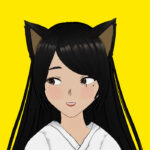
Whether you’re living in Japan or just curious about Japanese culture, this guide is a fun and gentle introduction to a beautiful seasonal tradition.
What Is Shōryō-uma?
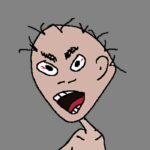
Why are Shōryō-uma made with cucumbers and eggplants?
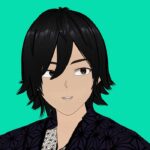
Yeah, that’s a good question! Let’s learn about Shōryō-uma together!
The Meaning and Role of Shōryō-uma
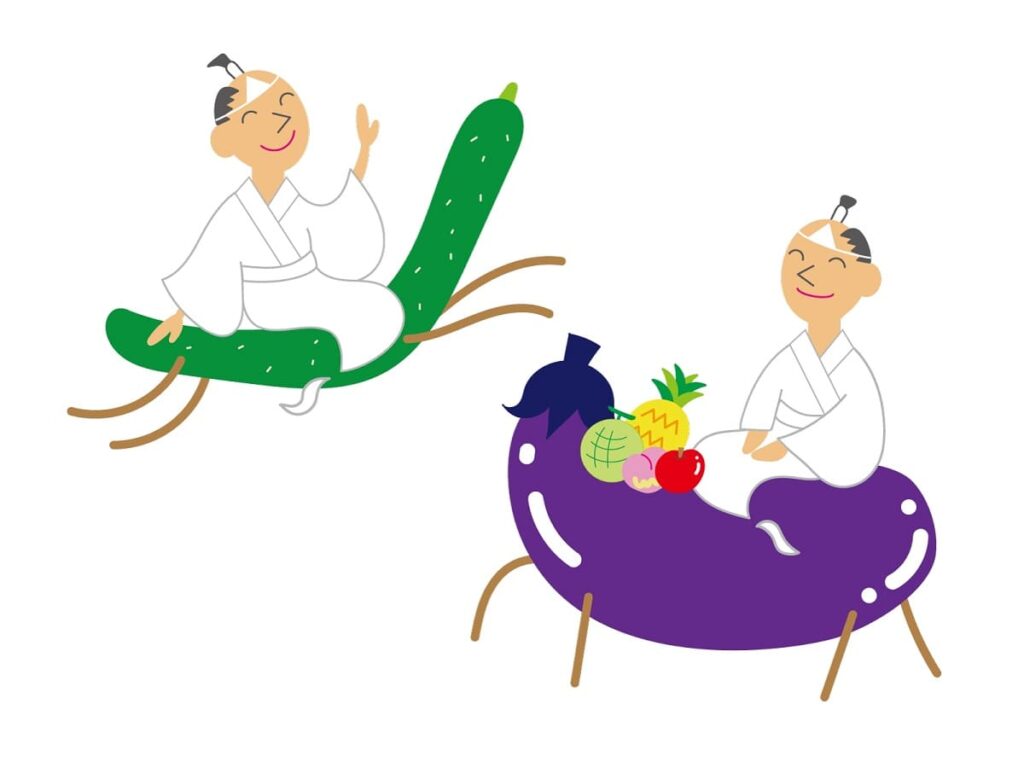
Shōryō-uma are symbolic “vehicles” crafted from vegetables to help guide ancestral spirits between the afterlife and the physical world during Obon. Typically:
- Cucumber = Horse (to return quickly)
- Eggplant = Cow (to return slowly)
These animals are believed to carry the spirits of the deceased—rushing to the living world on a fast horse, and returning peacefully to the spirit world on a slow-moving cow. It’s a loving and symbolic way for families to welcome their ancestors home and send them off with care.

On the morning of the welcoming day (Mukae-bon), set up the spirit altar and display the Shōryō-uma along with the offerings.
Why a Horse and a Cow?

The cucumber horse represents speed—because families want their ancestors to come home as quickly as possible. The eggplant cow, on the other hand, moves slowly, reflecting the hope that spirits will stay a little longer before heading back to the afterlife.
Some also say the cow is meant to carry many spiritual “gifts” or offerings back to the other world, just as a cow would carry heavy loads. There’s a gentle, thoughtful feeling behind this old custom.
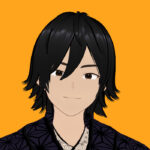
I see. So Shōryō-uma reflect the wish to spend as much time as possible with our ancestors.
A Brief History of Shōryō-uma
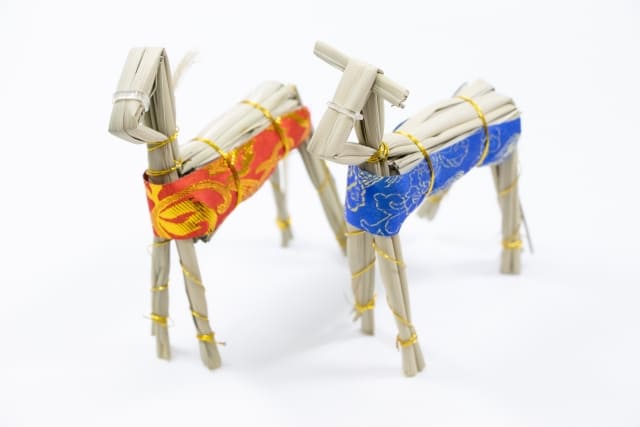
The tradition dates back to the Heian period (794–1185), when Japanese nobility crafted spirit animals from straw or gourds during ancestral rituals.
By the Edo period (1603–1868), the practice had spread to the general population, especially farmers. Since cucumbers and eggplants were widely available summer vegetables, they naturally became the go-to materials for this tradition. Over time, this custom became a familiar part of the Obon ritual for many Japanese households.
How to Make a Shōryō-uma

This Obon, let’s get some cucumbers and eggplants and make a Shōryō-uma!
What You’ll Need
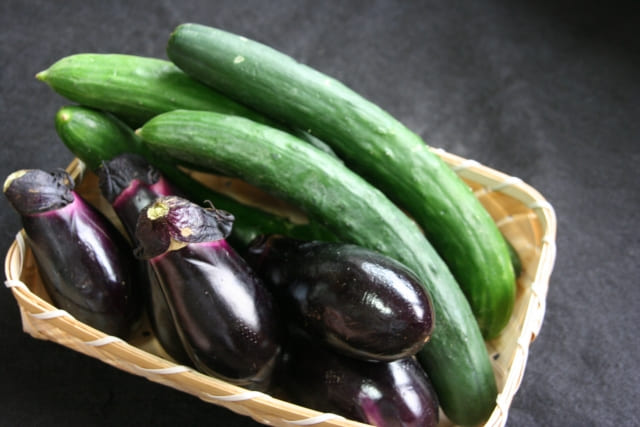
Making a Shōryō-uma is surprisingly simple. Here’s what you need:
- 1 cucumber (to make the horse)
- 1 eggplant (to make the cow)
- 2 pairs of disposable chopsticks
- A small knife or cutter
That’s it! Everything is inexpensive and easy to find at any grocery store in Japan.
Easy Step-by-Step Instructions
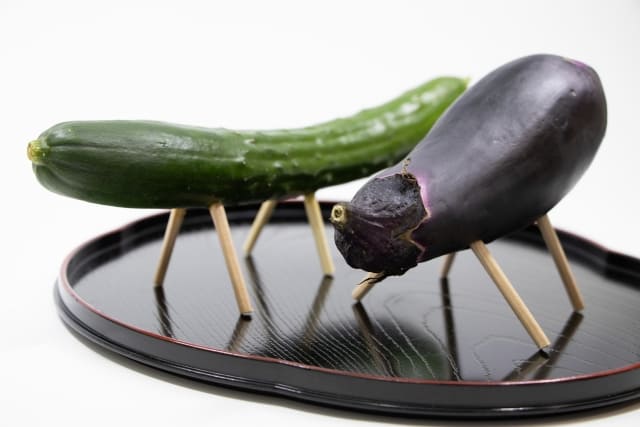
- Wash the cucumber and eggplant thoroughly.
- Break each pair of chopsticks in half, so you have four legs for each animal.
- Carefully make small cuts into the vegetable where the legs will go.
- Insert the chopstick “legs” into the cuts.
- Use the cucumber’s pointy end as the horse’s head, and the eggplant’s stem as the cow’s head.
It’s a simple and fun craft—perfect for making with children, too.
Where Should You Place Them?

Shōryō-uma are usually placed on or near the Bon-dana, the spirit altar prepared in front of the family’s main altar during Obon.
Other common locations include:
- Near the household altar (butsudan)
- At the entrance of the home (especially where “welcoming fires” are lit)
There’s no strict rule, but the idea is to place them somewhere that feels respectful and welcoming for the spirits.
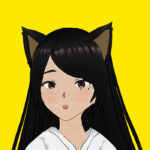
Basically, Shōryō-uma are displayed mainly in eastern Japan. In many western regions, they’re not commonly used!
Shoryouma Q&A
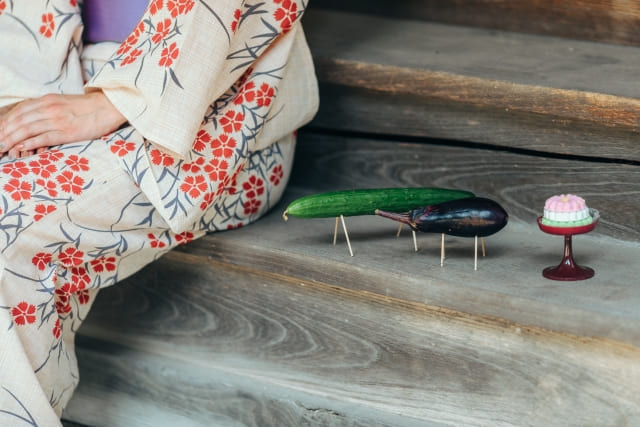
- QWhen should I make Shōryō-uma?
- A
They are typically made and displayed on August 13th, the first day of Obon, and remain until the end of the holiday on the 16th.
- QHow do I dispose of Shōryō-uma after Obon?
- A
Since they are considered sacred offerings, it’s important to dispose of them respectfully. A common method is to purify them with salt, then wrap them in white paper and place them in household burnable trash.
Final Thoughts about Shoryouma
Shōryō-uma is a heartfelt and symbolic part of the Japanese Obon tradition. By making a cucumber horse and an eggplant cow, families express love, respect, and a desire to stay spiritually connected with their ancestors.
Whether you’re living in Japan or simply interested in its cultural customs, creating a Shōryō-uma can be a meaningful and memorable experience. Why not try making one yourself this Obon and reflect on the beauty of honoring those who came before you?
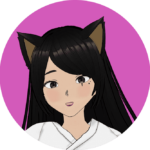
If you like gaming, and you are also interested in Japan, you may love these Japanese themed games!
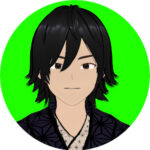
Yes! Let’s play!

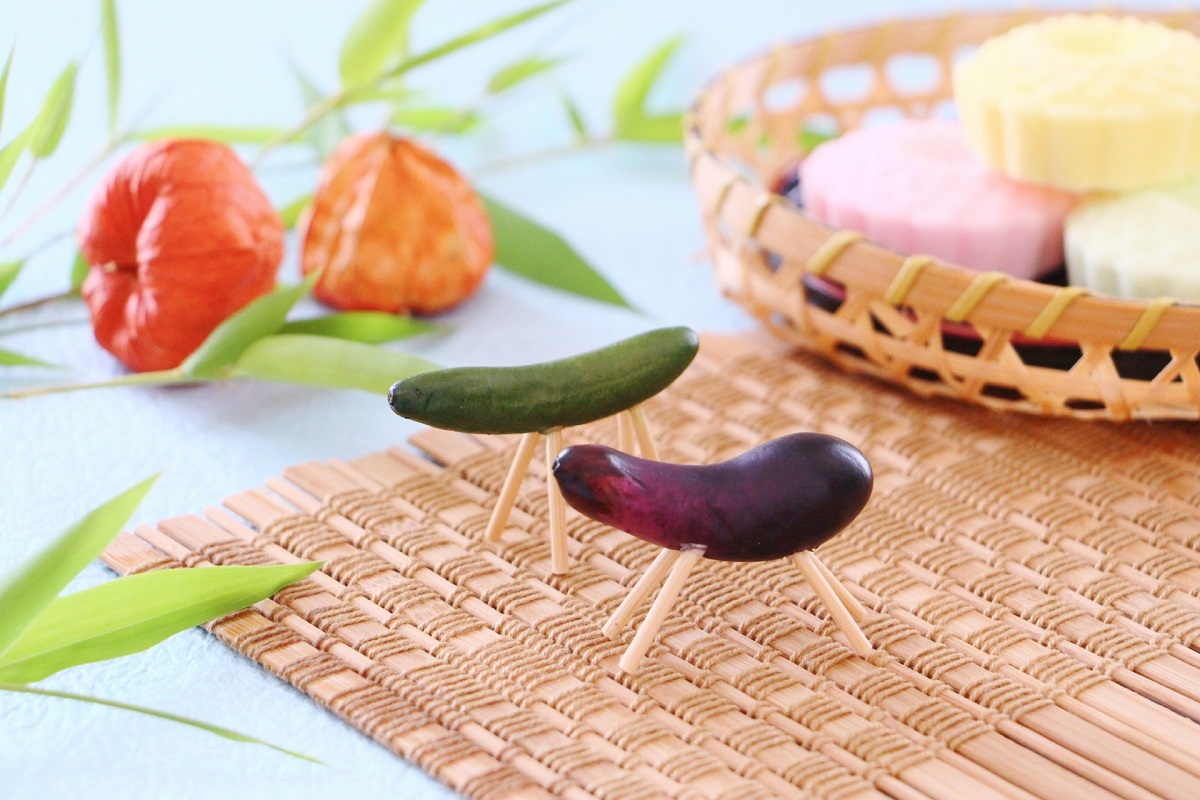
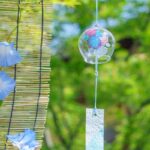
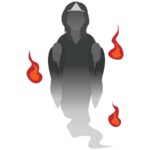
Comments